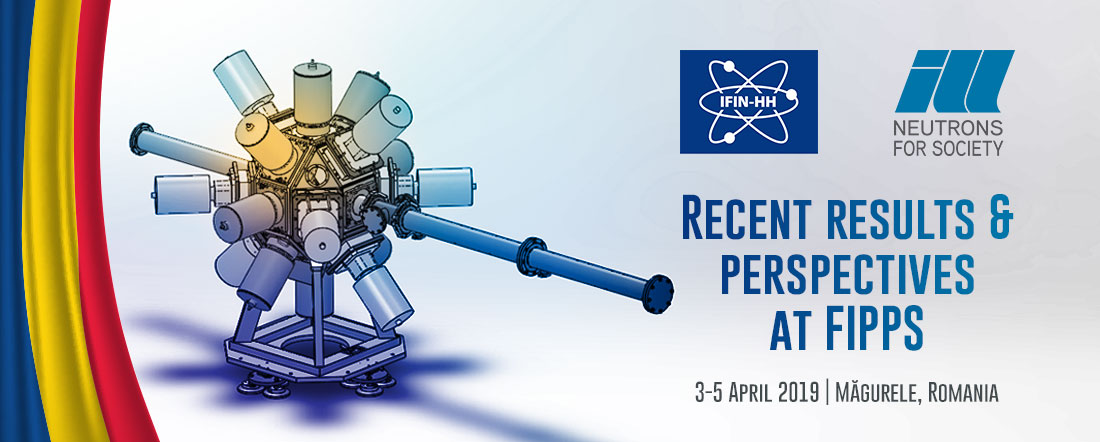Speaker
Description
Prompt gamma-ray spectroscopy of fission fragments allows to study neutron rich nuclei in the mass range around 80 < A < 160. One limitation of this type of studies is the intrinsic gamma-ray background originating from beta decays of instable fission fragments. In order to reduce this background an active fission target was developed for FIPPS, designed to distinguish between fission events and beta-decays. To achieve this, the actinide of interest is dissolved in a deuterated liquid scintillator and placed within a thin target cell directly in the collimated thermal neutron beam of FIPPS. The scintillation light signal allows to identify fission events with a very high efficiency (>95%). A first U-235 fission campaign with active target took place at FIPPS in autumn 2018, taking data for 36 days. Gamma-ray spectroscopy was performed with the eight FIPPS clover detectors and the eight IFIN-HH clover detectors with anti-Compton shields. In this talk the concept and design of the active target as well as its performance during the first fission campaign will be presented. The impact on the data quality/analysis will be demonstrated. Further developments to be used for the next fission campaign will be introduced.

